I’d heard tales and seen pictures of a place nearby – proud, ancient, beautiful – built long before civilisation declined (certainly not later than WW1, though I’ve heard the French Revolution is the real precipice). Old friends call for old backdrops – what better scene to potter about and catch up?
The drive from Bath took us down country roads, past rolling hills abutted by low, cobbled walls; dotted by grazing sheep and cattle. The sky was somehow intensely grey; despite the utter obfuscation of the sun – bright enough to make me regret not bringing sunglasses.
On arrival, we muddled about trying to park (medieval town planning being what it is), and eagerly sought out caffeination. It’d just started to rain, so we settled on the closest cafe that happened to be busy (the best heuristic I know for finding decent coffee), and proceeded to perk up. The cafe turned out incredibly tacky – light-wood-veener Ikea-style furniture, and infuriatingly inane slogans plastered all over the walls – “Live, Laugh, Love”… or was it “Eat, Pray, Love”? At least the espresso was ok.
Suitably energised, we made our way to the town square, where a reasonably busy food market had set up:
I’m not a huge fan of booze or sugary drinks (they reliably produce in me a general dull malaise), but have taken a liking to the local medium/dry Somerset ciders since moving down here. Of course, everything has to be “craft”/artisanal/unique (perhaps the thinking goes that this imbues some sort of personality or meaning to the product?):
Behind the bazaar, birds soar semi-ominously over the gatehouse entrance to the cathedral grounds:
Passing through, we’re greeted by a verdant moat surrounding ancient fortifications – presumably to keep pesky semi-centennial dragons out:
Upon further ambling, it became clear that the aforementioned battlements had also done an excellent job in keeping us out, and that we were circling around the bishop’s palace; not towards the Cathedral:
Still, it was a scenic diversion, lined with old cottages tastefully embellished:
Our loop brought us to Vicar’s Close, an ancient street adjoining the Cathedral school. We could hear music lessons going on – my musically-inclined companion picked out the buzzing bassoon and sultry saxophone; though disappointingly, the lascivious pleasing of a lute was lacking:
Adjacent to the Close, schoolboys hurried inside to make it to recital on time. I peered through the windows from afar, but didn’t get any pics of the performance:
By now, we’d managed to stumble across the Cathedral, a clock upon which caught my eye:
I’d no idea at the time (…), but this thing is OLD – apparently dating to the 14th Century; the two guys atop do a jingle every quarter-hour, which reminds me of the Prague Orloj. DadTranslate is telling me the inscription, NEQUID PEREAT, translates: “Let nothing perish”. Google suggests this is a reference to John’s Gospel; I’m guessing specifically [6:39] (KJV) –
“And this is the Father’s will which hath sent me, that of all which he hath given me I should lose nothing, but should raise it up again at the last day.”
Though I’m currently more concerned with vivification before death!
We admired the stonework on the facade, though I must apologise for the lack of a decent wide angle shot of the whole building. What one assumes is the front door turned out to be locked, and on attempting to enter via the side, a corpulent creature sternly rebuked from behind a perspex screen: in the year of our lord, 2020, no man may enter God’s house unmuzzled!
I’ll not delve more deeply into the absurdity of such policy, for I do not wish to spend one more moment pondering the hysterical nonsense. Besides, by this time, we were starving; having been cast out of the temple, we returned to the market and enjoyed some deliciously greasy Thai springrolls and potato curry – if there’s no bread of life to be had at the church, we’ll at least get a bellyful at the bazaar! Again, I trust you’ll forgive the lack of photographic record: the food was far too messy, and we were far too hungry.
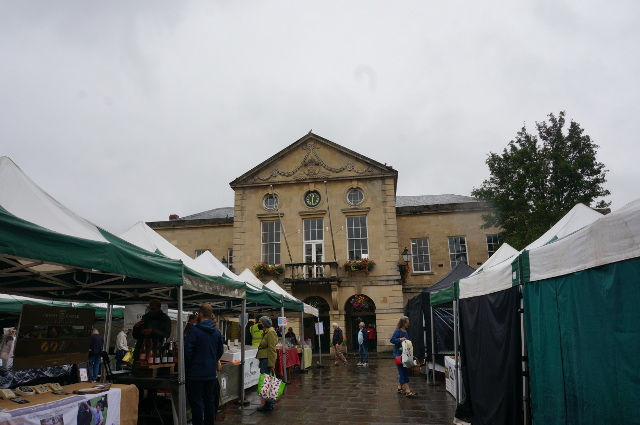
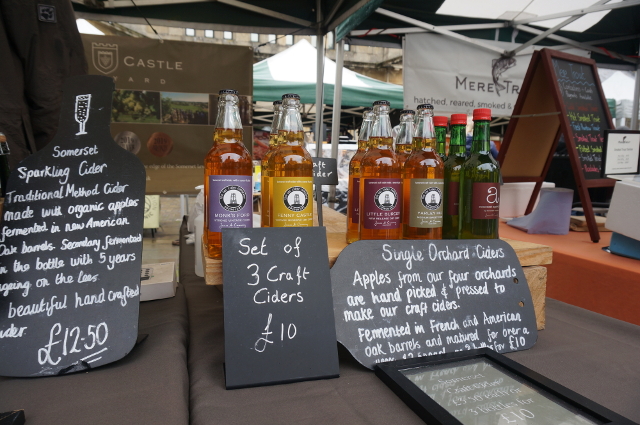
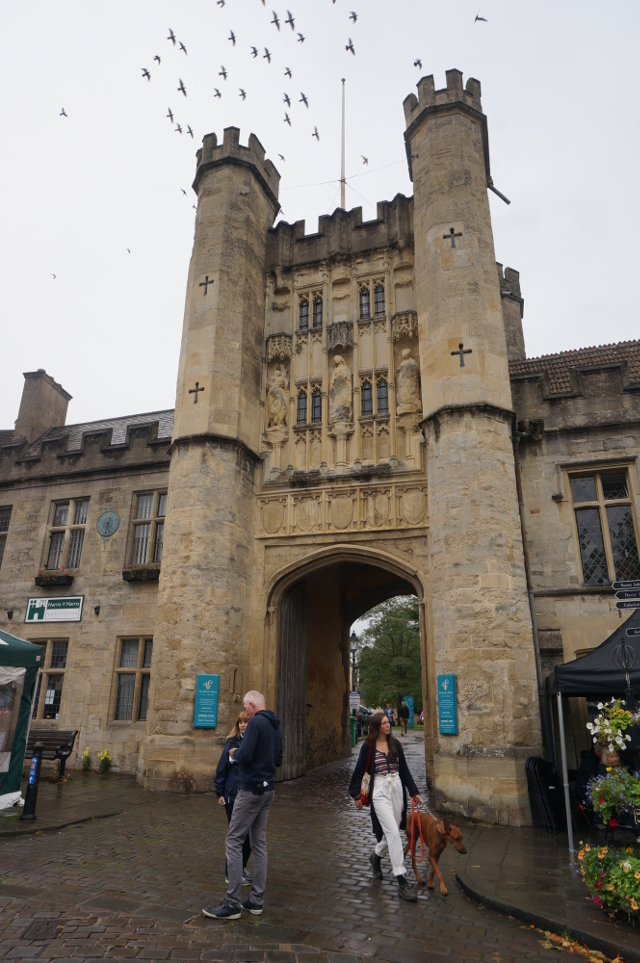
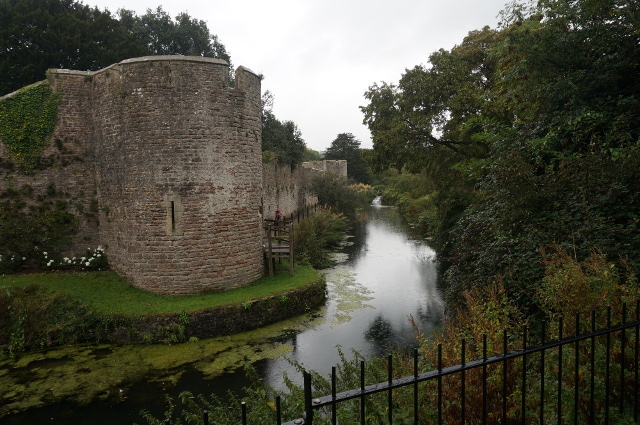
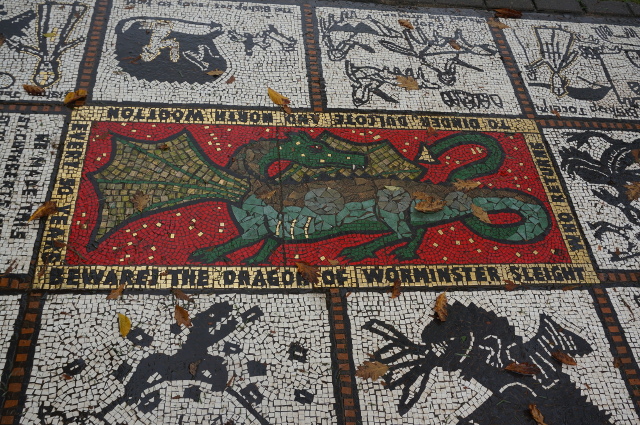

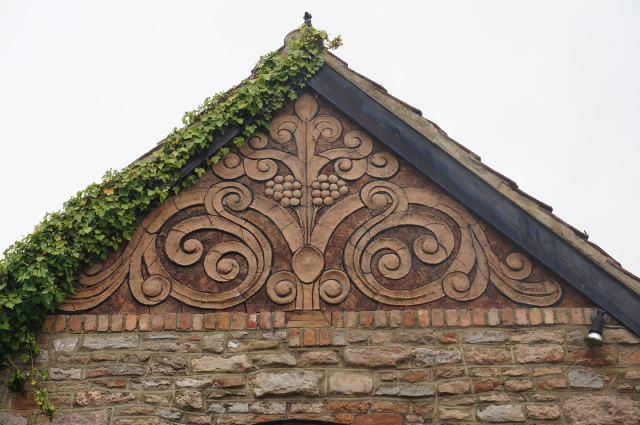
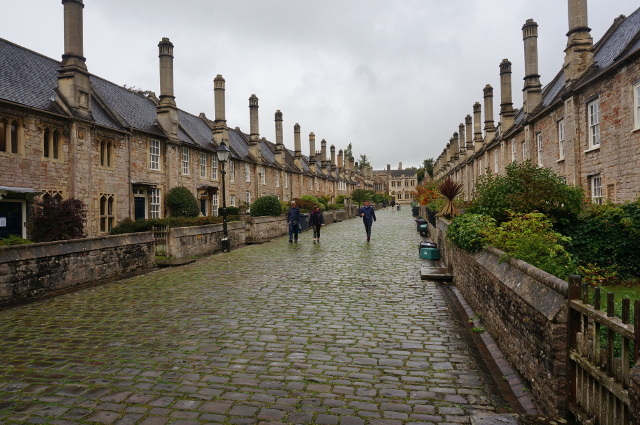
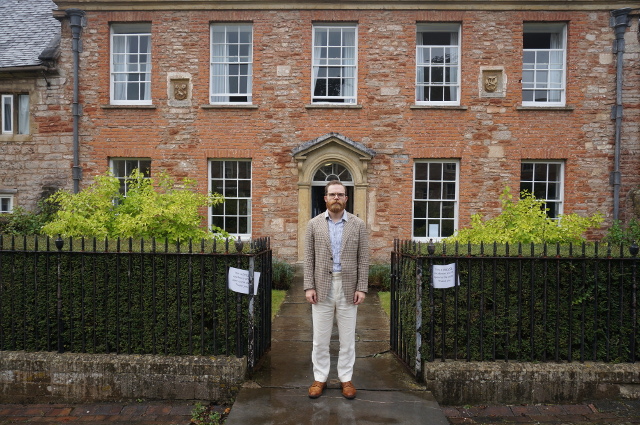
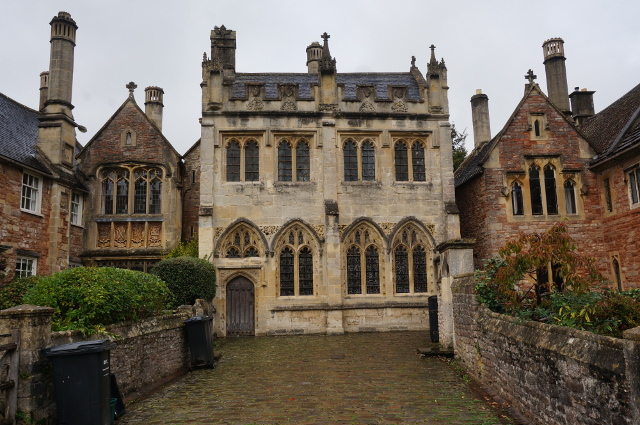
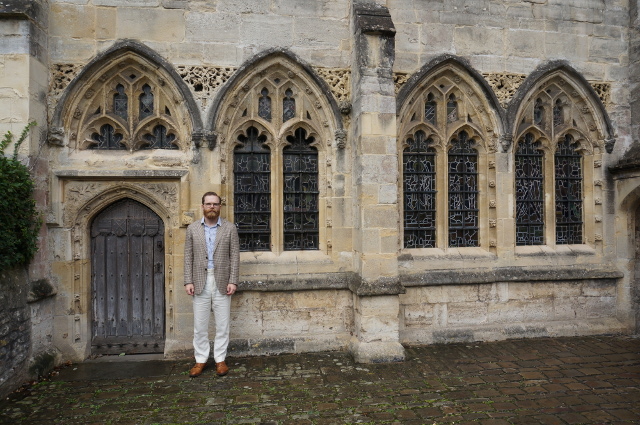
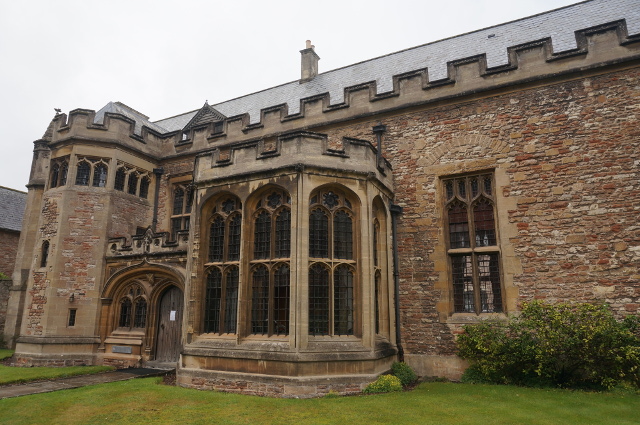
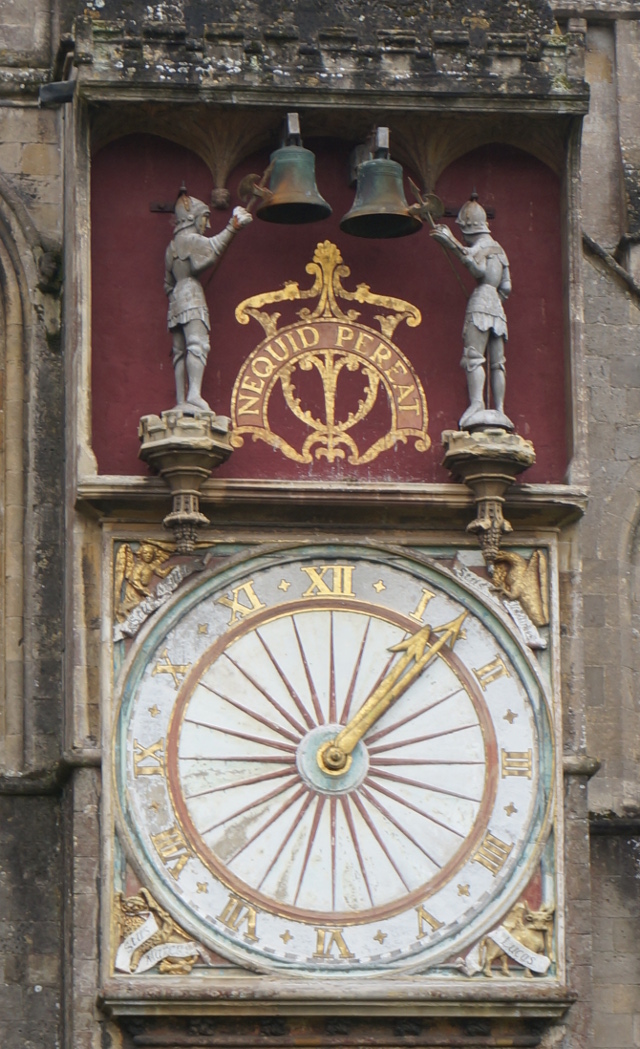
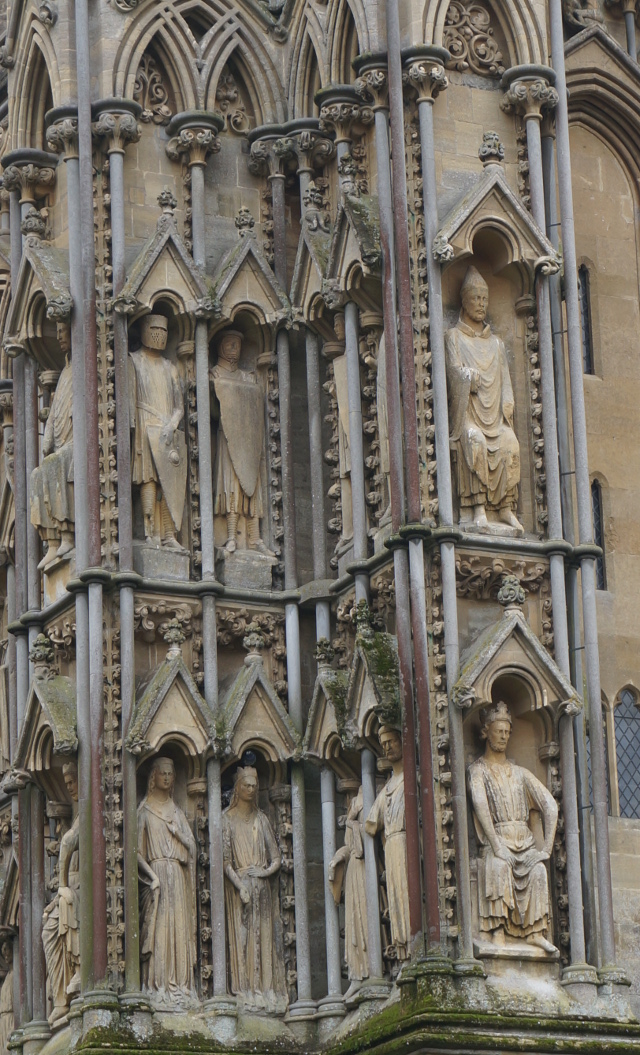
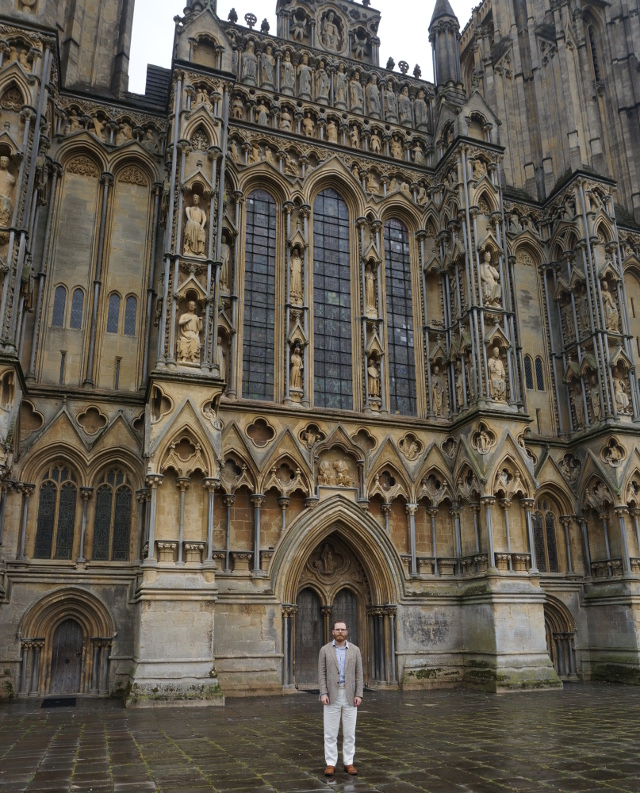
I checked the html source on trilema.com and ossasepia.com, to see how they’d rendered their images. I’ve copied their format of displaying a smaller version of the image, with an embedded link to a larger version (is this method employed to allow viewing on a variety of screen sizes, without having to resort to CSS Responsive Image schenanigans?).
I added values to the alt/title attributes, so that pictures are more easily referred to – though the mouse-over title value doesn’t display on my browser, despite working fine in my html editor.
I couldn’t find any documentation for the meaning of the size-medium=”” attribute, and while removing it didn’t seem to have any effect, I left it in for now, in case it has some function.
Comment by Daniel Godwin — October 4, 2020 @ 8:54 pm
It seems that both the title and size-medium attributes get stripped out upon processing on YoungHands – I went back and edited the source, manually reinserting the former, but it doesn’t get integrated upon updating.
Comment by Daniel Godwin — October 4, 2020 @ 9:10 pm
The smaller pics are also smaller in size so that an article with 50+ images doesn’t end up slow to load/eating up a lot of bandwidth. There’s way more than screen size (and for that matter, screen size is up to the reader, not something the blog writer can or should control).
What and how things are displayed (including the title and alt tags for instance) further depend on the css of the blog theme in use. Here the theme is quite minimal and I didn’t really tinker with it so it may very well be that it drops whatever. Nevertheless, some tags are good to have even if the/some themes ignore them – there are also text-only browsers and those tags provide additional information (for yet another aspect, think that there are also readers who can’t/won’t see the pictures for whatever reason, visual impairment included). In a word, the html tags provide a description of *what is there* and to some extent the structure essentially, it’s not about the superficial “what effect it has that I can see if I click again”.
Jacob has published some scripts too and iirc he recently commented on/updated that article it should be easy to find on his site. Even searching for things efficiently is a thing to learn, who knew!
Comment by Diana Coman — October 5, 2020 @ 7:21 am